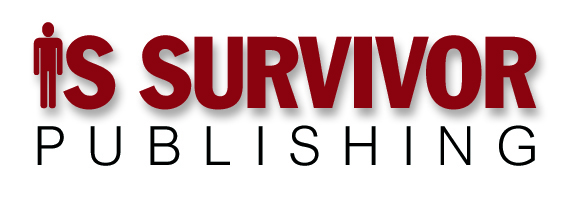Are you tired of the phrase “perfect storm”?
Me too. But tired or not, one is hitting IT right now. Several interconnected trends are affecting the business world in ways that will … and should … radically redefine IT’s role. Among them:
Cloud 3.0
Cloud 1.0 was playing with cheap or free stuff, notably but not limited to Amazon Web Services. Because Cloud 1.0 services were cheap or free, the IT pundit class concluded Cloud computing was going to be dramatically more economical than owned infrastructure.
Cloud 2.0 consists of (present tense because it’s going strong) important but standalone systems. Salesforce is an example. While Salesforce is integratable, most Salesforce implementations were and are standalone “islands of automation” to use a quaint phrase from a bygone era. Cloud 2.0 wasn’t/isn’t cheap or free.
Cloud 3.0 is serious enterprise-class computing that makes use of Cloud services and architecture. By serious, I mean it has the same characteristics as projects IT is accustomed to dealing with. Cloud 3.0 provides systems that are integrated into the rest of the applications and information portfolio; they make use of the enterprise directory service for identity management; and they’re subjected to the same rigorous software quality assurance and change control protocols as systems that run on owned infrastructure.
IT could ignore Cloud 1.0 and Cloud 2.0. Cloud 3.0? IT will be neck-deep in Cloud 3.0 projects whether it takes the lead or is dragged into them, kicking and screaming.
Shadow IT
Shadow IT isn’t so much a second, separate trend as it is the flip side of the Cloud coin.
Gartner has famously predicted that by 2017, marketing departments will have bigger IT budgets than IT departments and marketing isn’t the only department outside IT that buys information technology independently. Sales is an obvious example, routinely signing contracts with Salesforce.com without asking IT’s permission first (see Cloud 2.0, above).
Here’s what’s rarely mentioned: Companies have invested large amounts of time, effort, and political capital developing IT governance processes. Depending who you ask and after how much beer, this is either because companies want to gain maximum business advantage from their investments in information technology, or because business executives don’t trust IT do anything other than play with the latest and greatest shiny ball unless the rest of the business supervises it closely.
So here’s the question: Given that Marketing doesn’t, in most companies, have a strong reputation for tight cost discipline, does anyone really think CEOs are going to give Marketing, or any other department for that matter, a free rein when it comes to its non-IT IT spending?
Me neither.
The digital enterprise
Okay, okay. Yes, this is one of those so-visionary-it-might-be hallucination buzzphrases. Except that, shorn of its buzzphrasey trendiness there’s a lot of current reality behind it. In particular, there’s the rise of smart products that don’t keep their smarts to themselves — products that constantly collect data and communicate it to what I sure hope we soon stop calling “big data” repositories through what I hope even more we stop calling “the Internet of things.”
From IT’s perspective, this is a big, big deal, because …
Back in the day, most companies that sold technology products kept internal IT and product-development IT separate. Merge them and either the company would soon consist of nothing but cobbler’s children as product development sucked all of the priority out of internal support projects, or products would become second-rate as internal priorities had the opposite impact.
That worked when product IT and internal IT had no technological point of contact.
But smart products that send data to internal databases for use in customer support and marketing analytics are seriously smudging the line separating internal and external IT.
Politically, CIOs might win biggest by sitting this dance out, watching product development, marketing, and customer service duke it out in the silo wars, then riding in as the white knight that can pull it all together. After all, most business executives value solutions much more than they value prevention.
Another reason to wait on the sidelines: The most obvious organizational solution for all this — a dramatic expansion of central IT — would look like empire building should you propose it.
But waiting on the sidelines is the opposite of leadership.
Fortunately, there’s a better solution. Unfortunately, we’re out of space for this week.
So stay tuned.
* * *
Six years ago I published one of the most important columns I ever wrote — “The portal,” describing a better way to think about personal computers, although if I wrote it today I’d add tablets and smartphones.
And eighteen years ago, in InfoWorld’s “IS Survival Guide,” I took my first shot at the difference between productivity and effectiveness.
